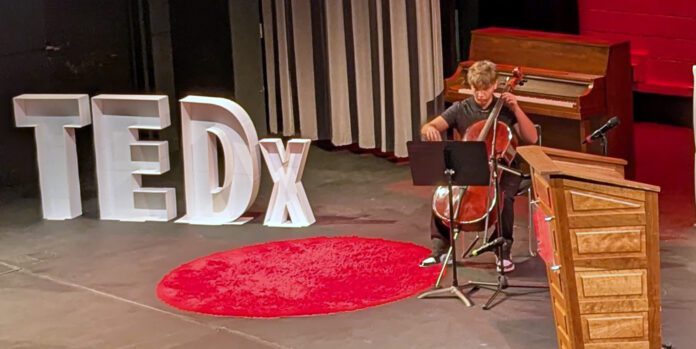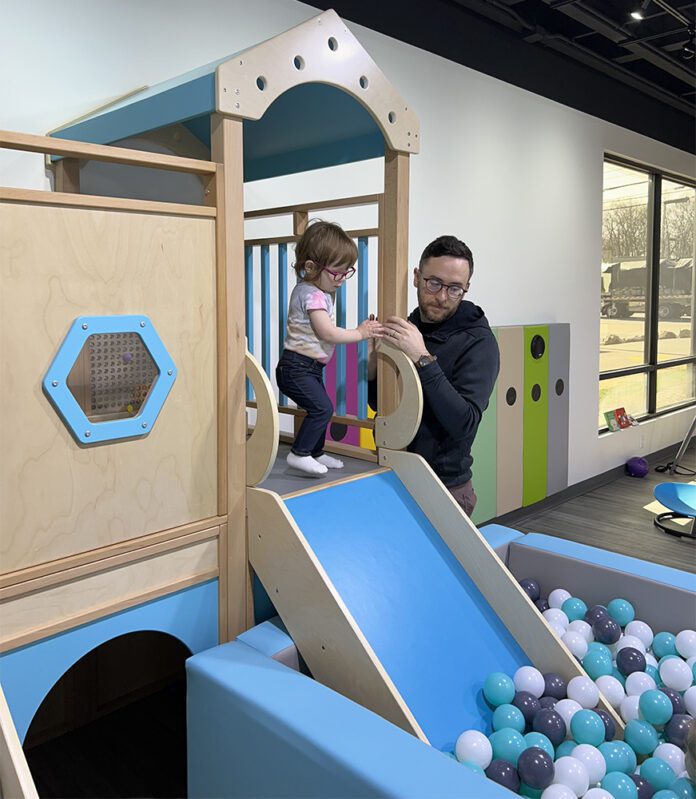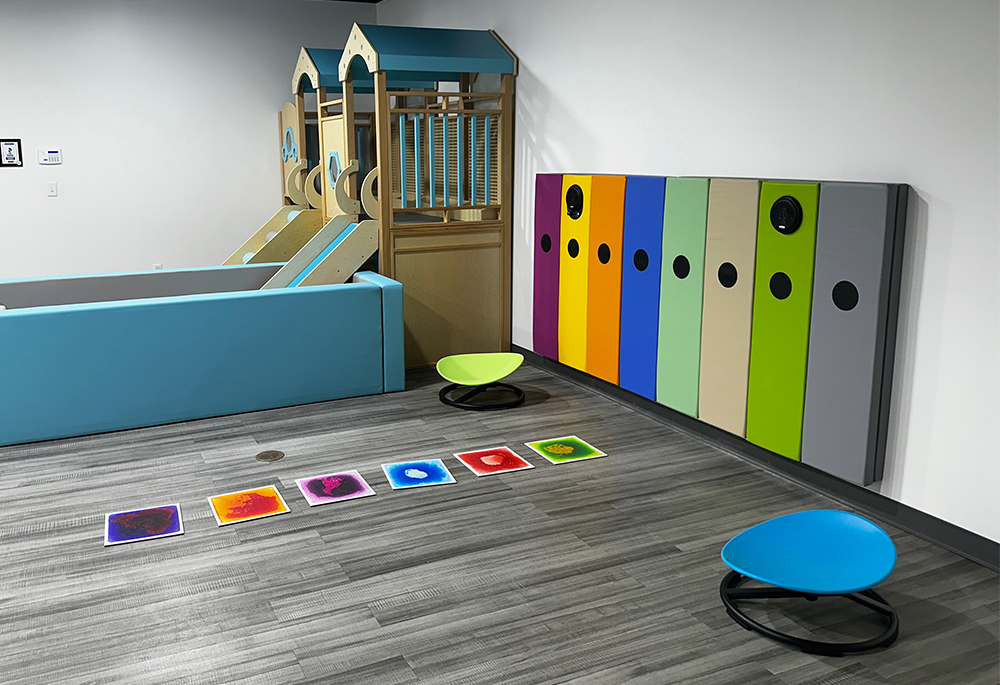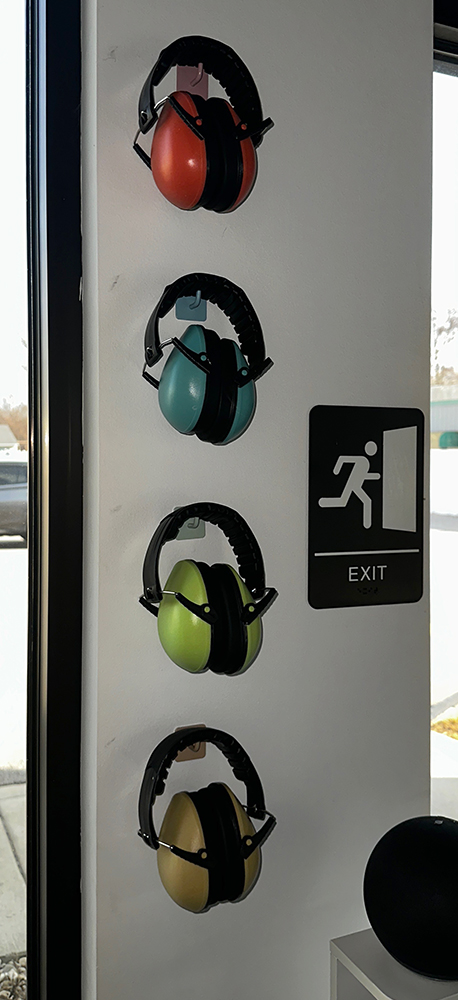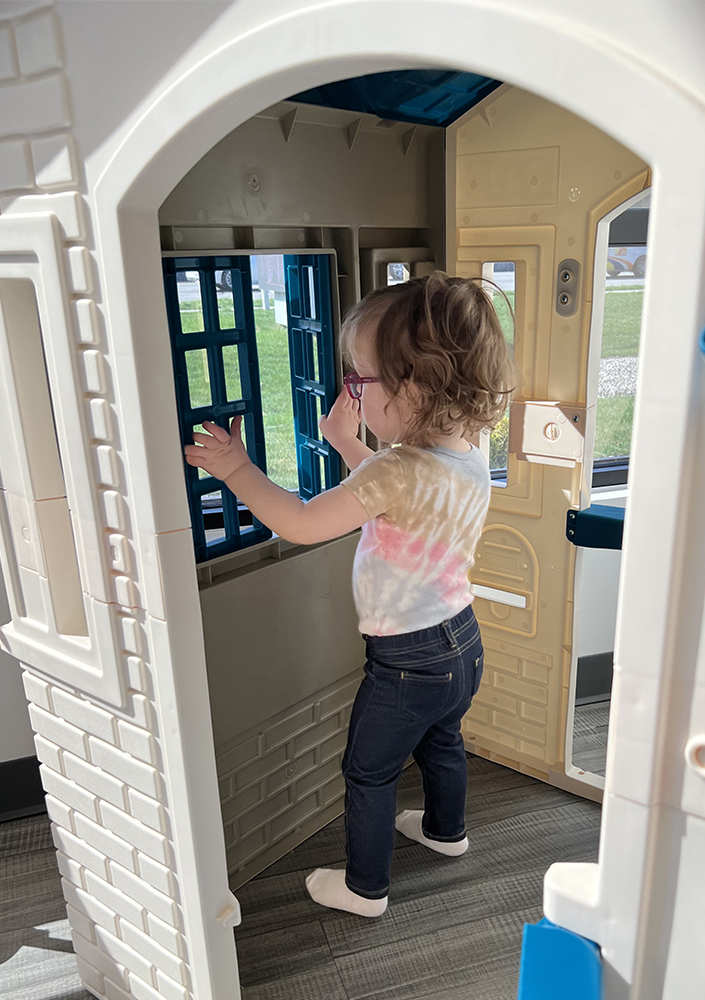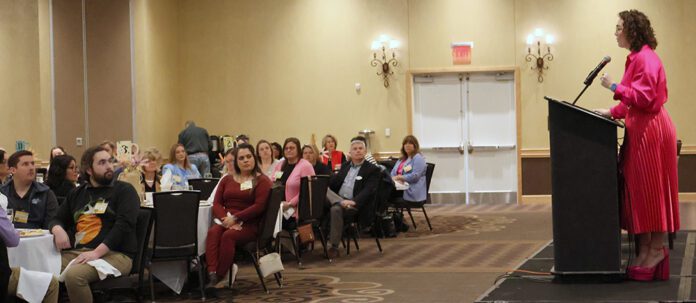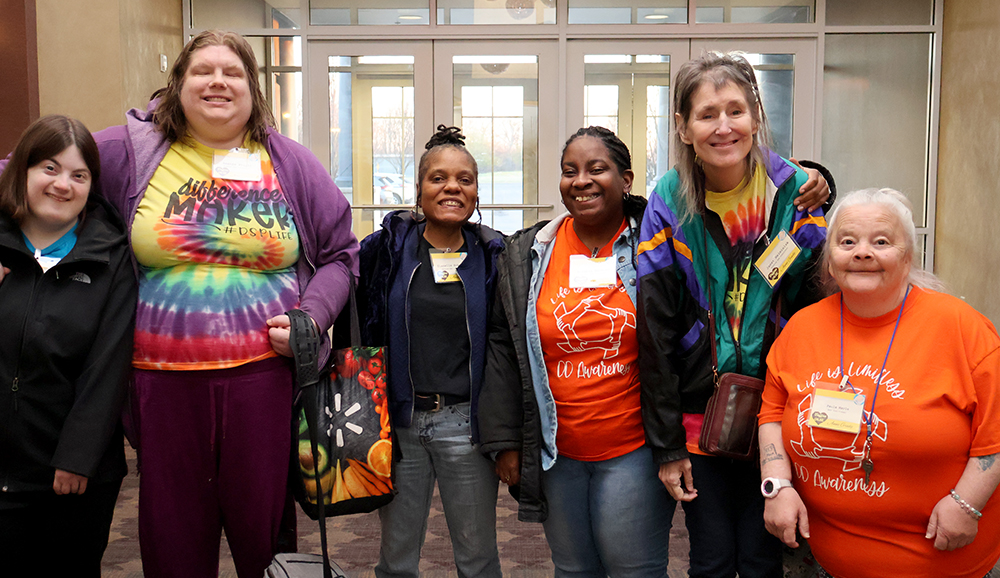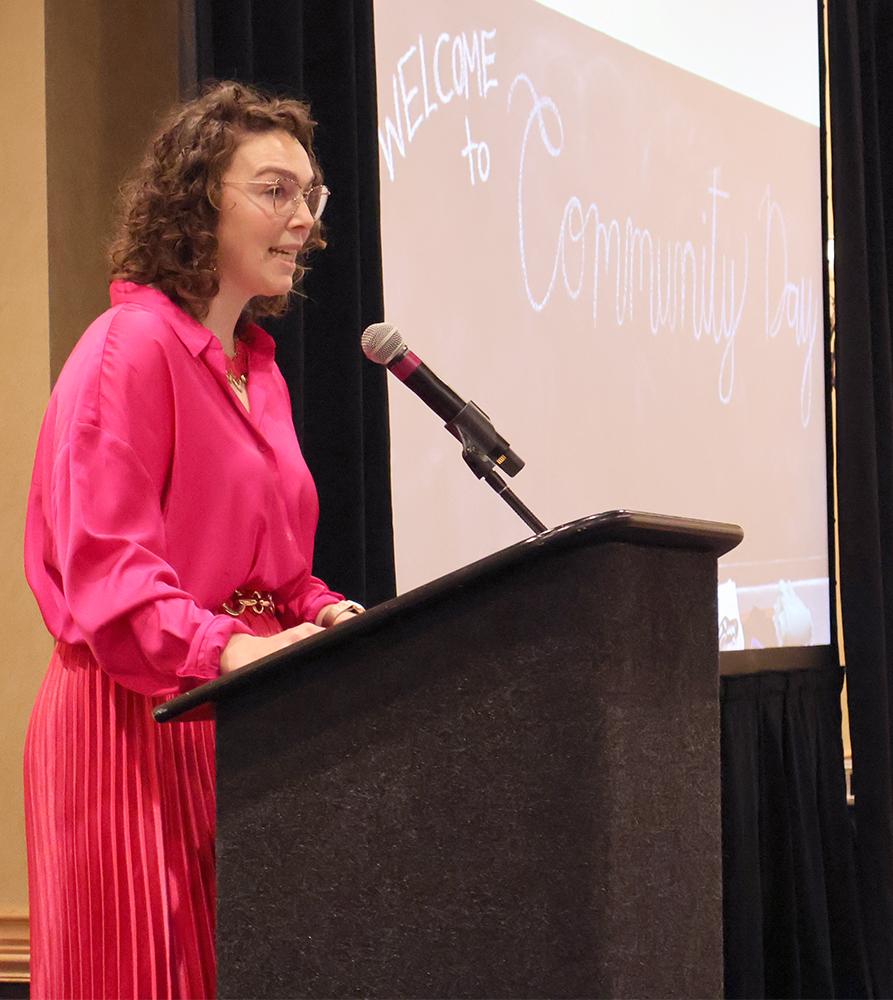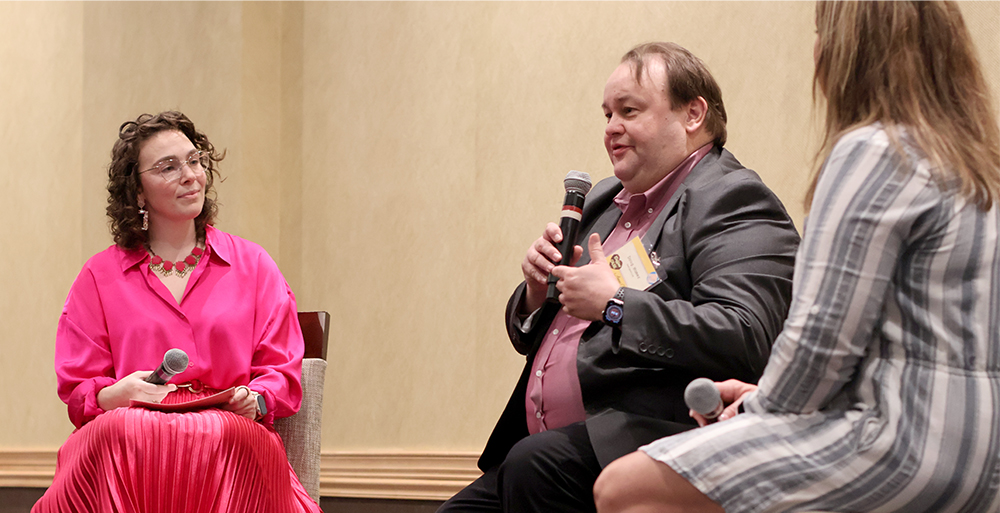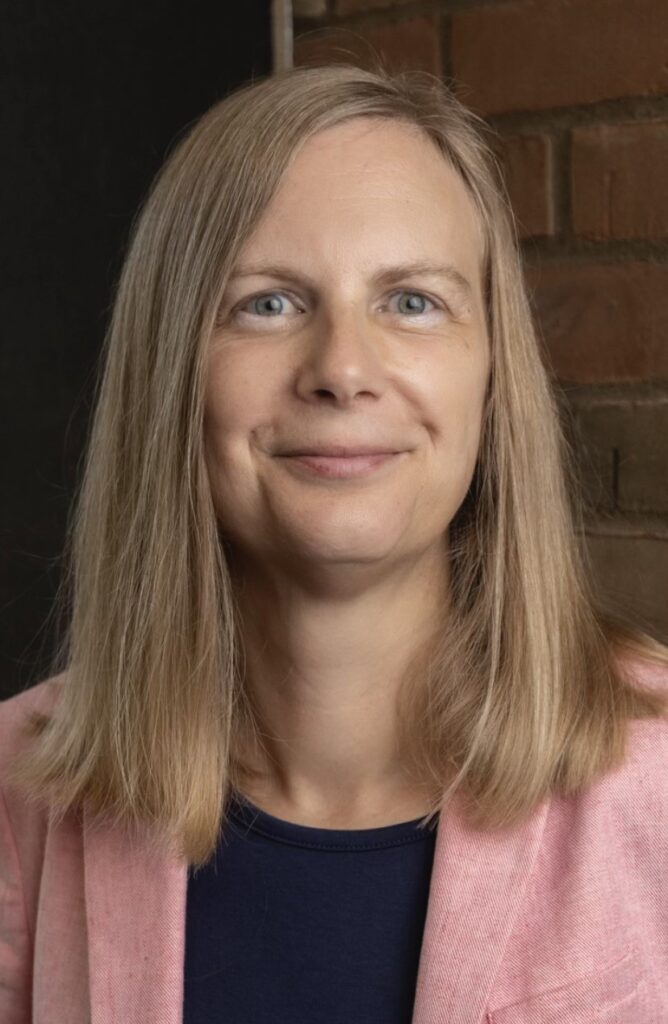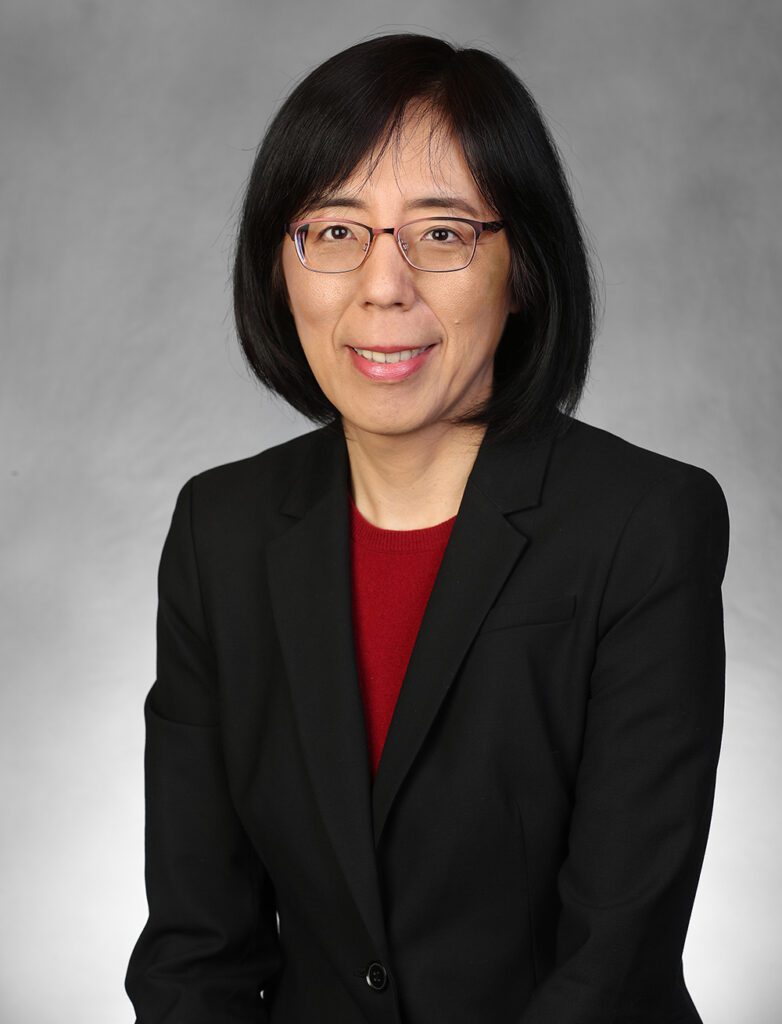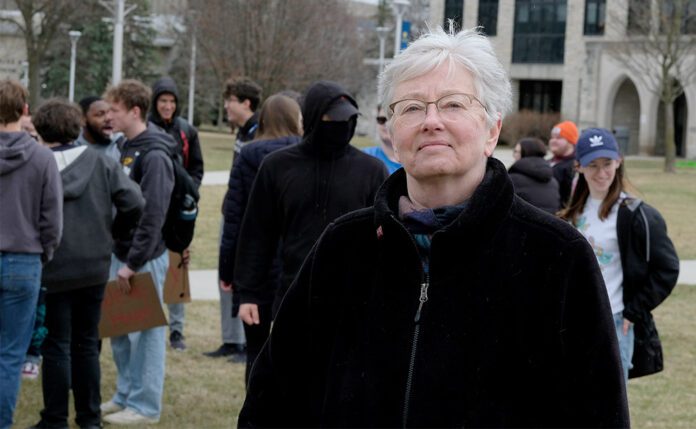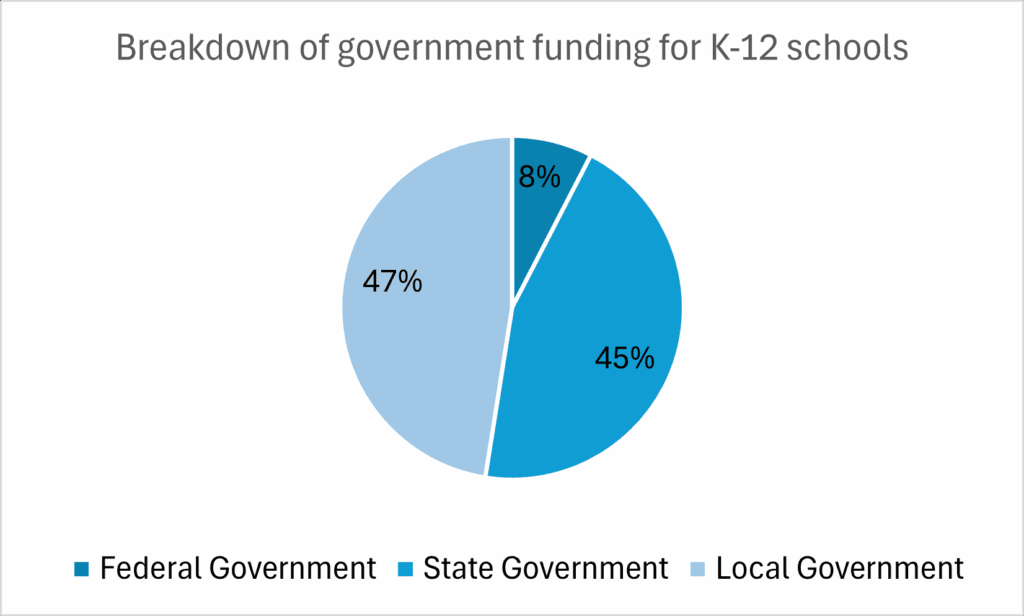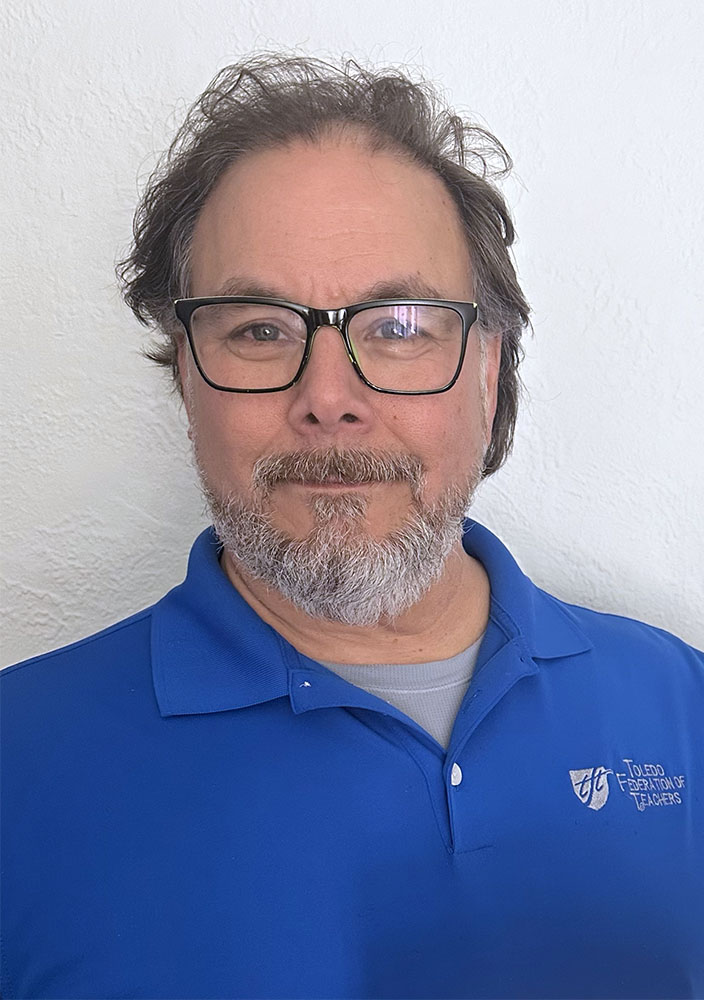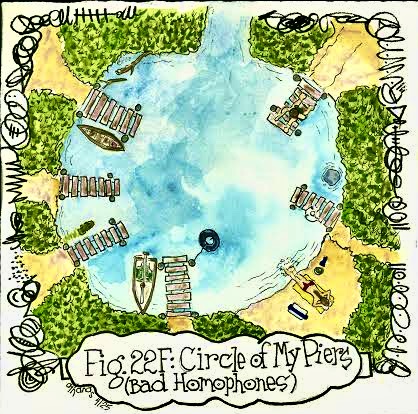TOLEDO – In an auditorium filled with proud parents, students, teachers and community members, 10 high school students captivated their audience with eloquent prose and sound.
Maumee Valley Country Day School (MVCDS) hosted a TEDx event with speakers and musicians from different high schools across Ohio, including MVCDS, Perrysburg, Anthony Wayne, St. John’s Jesuit on Friday, April 25.
The students presented topics ranging from raising awareness for social issues to self-improvement tips.
“TEDx is a great opportunity for local people to speak their mind about different topics and social issues,” said speaker Alex Ban, a sophomore at Perrysburg High School. “This was a really great opportunity for me to speak in front of a public audience and make my mark.”
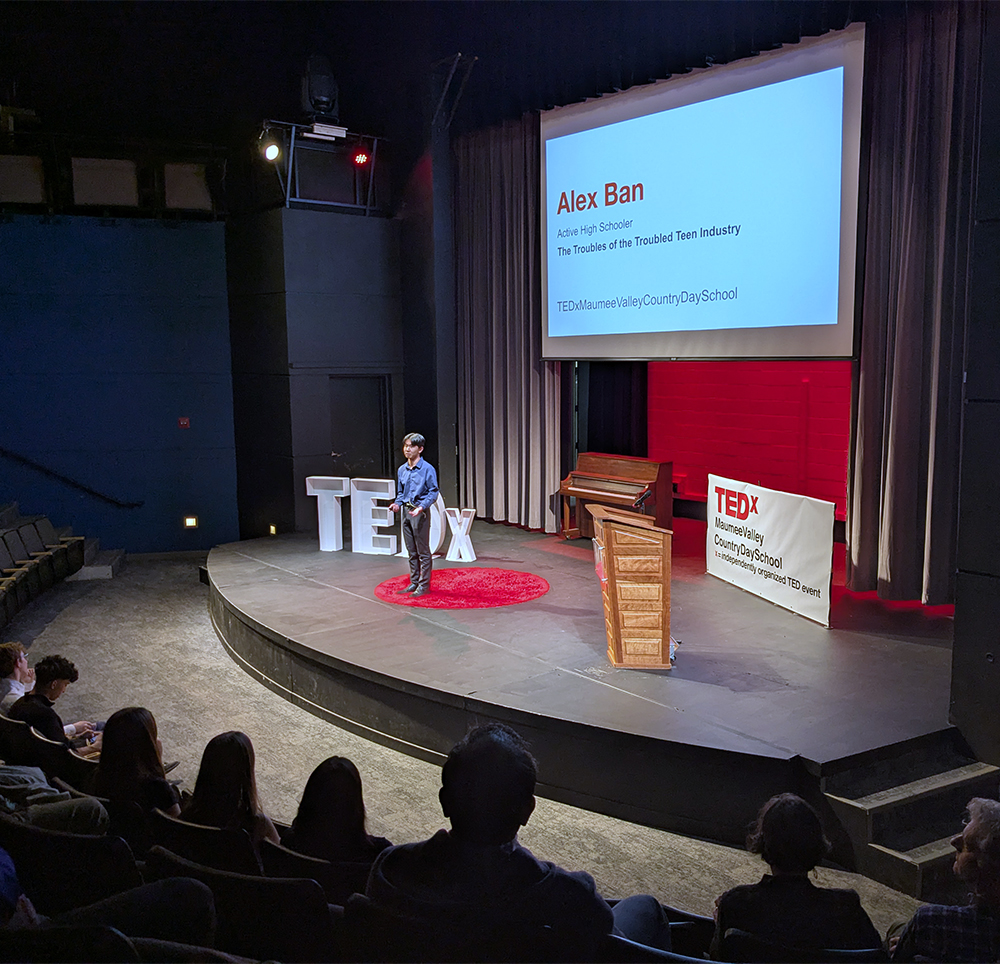
Ban’s topic was about how the troubled teen industry institutionalizes child abuse.
“Last summer, I was browsing the news and I saw these two little kids getting abused at this camp center, which struck a heartstring for me,” Ban said. “There are over 200,000 kids in these facilities, so I really wanted to speak out and seek justice for them.”
Between speakers, audience members were lulled with “Bach Cello Suite No.1” from celloist Julian Beatty-Duarte and “Mia and Sebastian’s Theme” from pianist Oliver Kiehl, both MVCDS students.
This is the third consecutive year MVCDS has hosted TEDx. While the program originally began in 2016, it stopped due to the COVID pandemic.
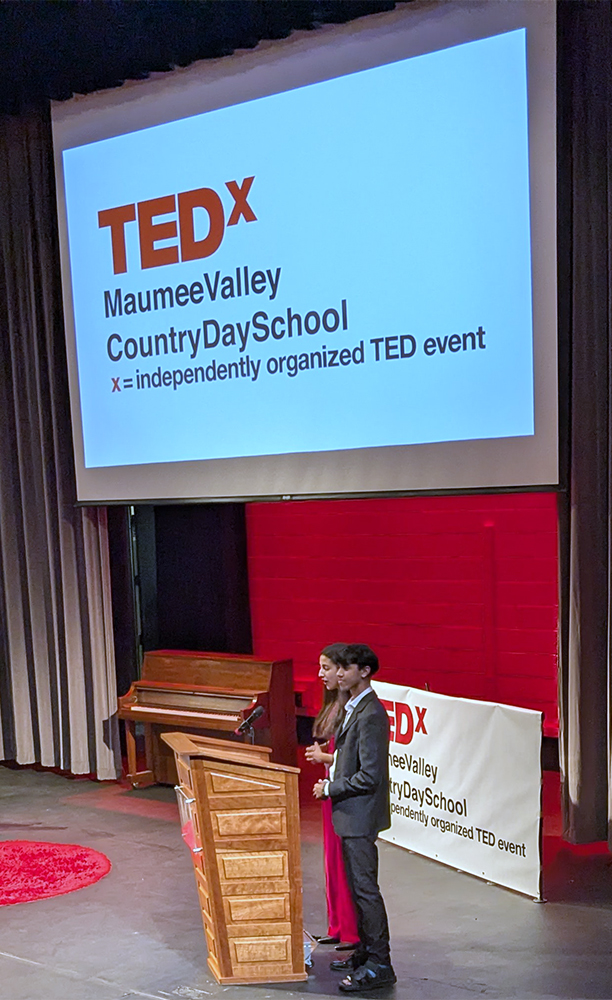
“Layan brought the idea to me of bringing this chapter to our community. And we both fell in love with it really quick and decided to bring it back,” said senior TEDx Maumee ValleyCountry Day School co-president Daivik Patel.
Junior co-president Layan Ridi said she and Patel have gone to school together since seventh grade.
“Public speaking has always been a passion of ours. I remember doing presentations with Daivik since we were little, and having that opportunity to give other students their voice was really important to both of us,” Ridi said.
Students’ topics were evaluated, and the best ones proceeded to the interview process.
“We had applications from 20 to 30 local high schoolers,” noted Ridi.
Chosen speakers are assigned a liaison to assist them with practicing, perfecting and memorizing their speeches.
The 15 liaisons at this year’s event also assisted with various activity tables during the multiple intermissions between speakers, and set up the free Chipotle dinner provided to attendees.
MVCDS pays for the event through business donations, with S&G Stores being this year’s sponsor.
“There’s a lot of valuable high school students in our community, and we wanted to allow them to bring their voice and their ideas to the stage,” Patel said.
“One of the biggest passions of my life has always been community. And this event is really centered around community and how can we engage with one another and discuss these diverse topics that our speakers are bringing to the table.”
Speakers:
Marah Ariss, Perrysburg High School, 11th grade: “Special Needs Awareness”
Alex Ban, Perrysburg High School, 10th grade: “The Troubled Teen Industry”
Andy Caillaux, Maumee Valley Country Day School, 11th grade: “Lifting More than Weights”
Adhya Duggal, William Mason High School, 11th grade: “Octopus: What We Can Learn from the Deep Sea Creature”
Arsalan Faisal, St. John’s Jesuit, 11th grade: “How Stories Shape our Perception of Morality”
David Liu, Sylvania Southview, 12th grade: “Seven Deadly Frames”
Baraah Mansour, Maumee High School, 12th grade: “Surviving Life; Independence vs. Self-Reliance”
Medha Ramaswamy, Sylvania Southview, 11th grade: “A Pawn’s Journey”
Mallory Rettig, Anthony Wayne High School, 12th grade: “More Than a Name”
Urvi Viamajala, Sylvania Southview, 11th grade: “Turning Failure into Success”

